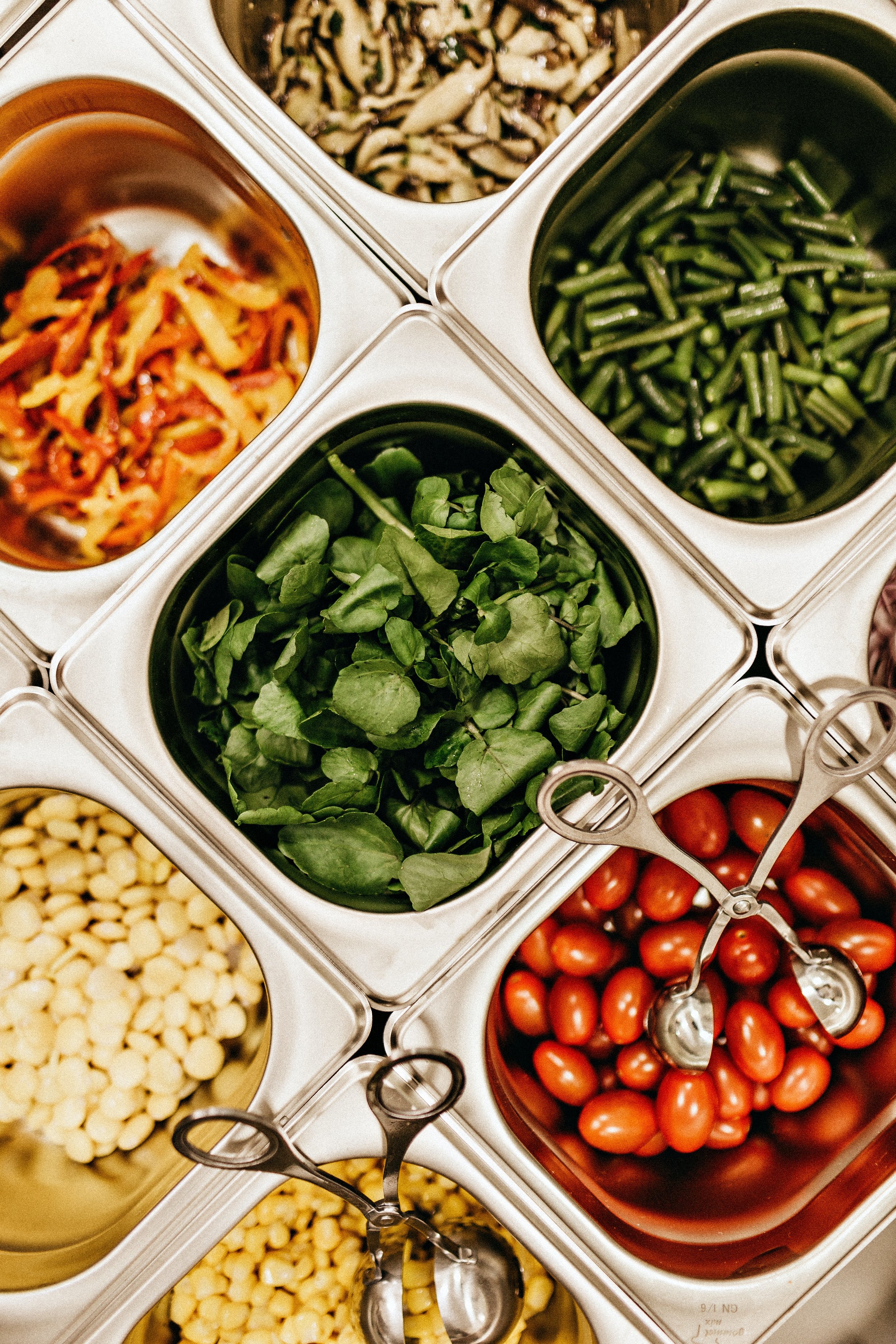Green Lunchrooms
Across America, 30-40% of the food produced is lost or wasted, and one third of all food created on earth is wasted before it is consumed. This impacts people and the planet. The United Nations, the Environmental Protection Agency, and the State of Oregon all share the goal of reducing food waste by 50% by 2030. Implementing prevention, rescue, and recovery strategies can produce social, environmental, and economic benefits such as: reducing food insecurity; mitigating climate change by reducing greenhouse gas emissions; nurturing biodiversity; conserving scarce natural resources; and increasing efficiency to lower costs of food production, distribution, and consumption.
School cafeterias and lunch programs can serve as a real world learning environment for students to understand the issues surrounding wasted food and the connection between food and its environmental impacts.
The outdoor curricula and practical resources in this guide (along with an OGS Regional Coordinator and partner schools in the OGS network) will assist you in defining—refining—and meeting your school’s goals. Whether you plan to team up with other schools to create a food waste reduction education campaign, help students create a policy around diverting excess food to a local food pantry or implement a compost system, or provide hands-on experiences that will inspire and advance students’ work in the sciences and social studies, we are here to help you along the way.
This guide includes:
Core certification links
Curriculum/existing learning resources
Partner organizations
Field trips
Funding opportunities
Learning standards

